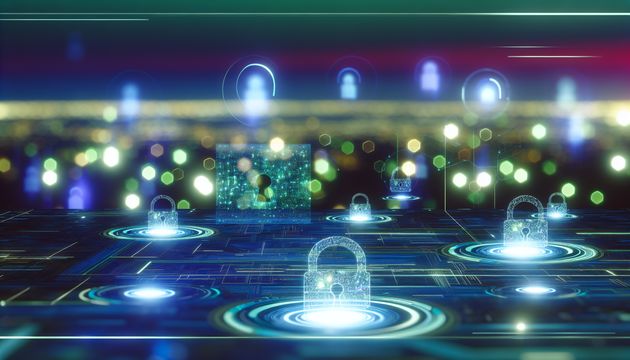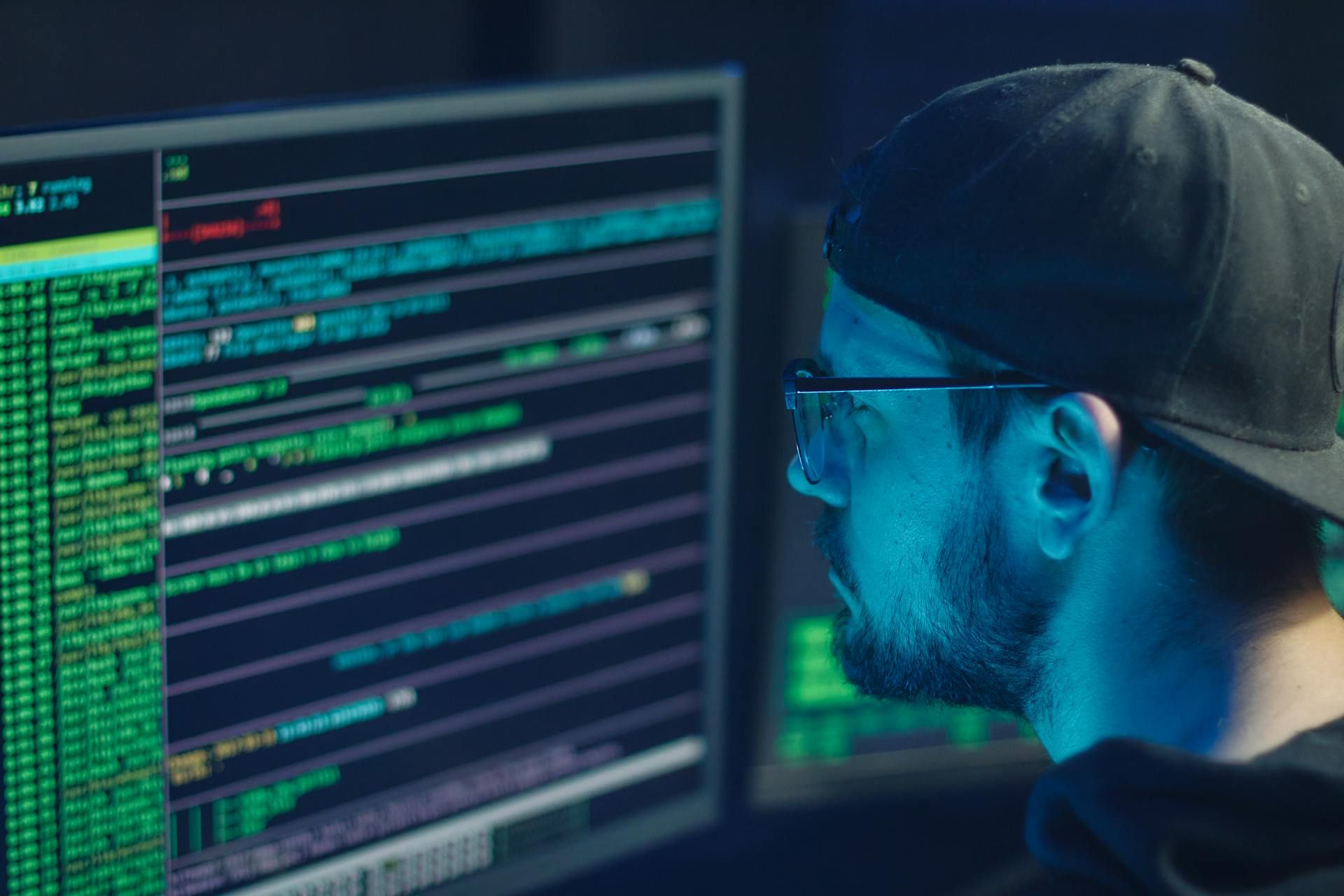
Navigating the Evolving Landscape of Zero Trust Security
Imagine a world where every door you encounter requires a unique key, and even familiar faces must prove their identity each time they enter. This is the essence of Zero Trust Security, a cybersecurity approach that demands constant vigilance and adaptation. Unlike traditional models that rely on perimeter defenses, Zero Trust operates on the principle of ‘never trust, always verify,’ ensuring that every access request is scrutinized, regardless of its origin. This approach is crucial in a landscape where attackers are continually developing new techniques, such as AI-powered attacks that automate reconnaissance and identify vulnerabilities faster than ever before (BleepingComputer).
As organizations evolve, so do their security needs. The rapid advancement of technology stacks and organizational structures necessitates regular reviews and updates of Zero Trust policies. This ongoing cycle of assessment and improvement is akin to marathon training, requiring sustained effort to build the muscle memory needed for effective security management (BleepingComputer). Moreover, the integration of Zero Trust with emerging technologies like cloud computing and IoT adds layers of complexity, demanding robust strategies to manage diverse and dynamic IT environments (Reach Security).
The Continuous Cycle of Zero Trust
Constant Vigilance and Adaptation
Zero Trust Security is not a static solution but a dynamic process that requires ongoing vigilance and adaptation to evolving threats. The principle of ‘never trust, always verify’ underpins this approach, demanding continuous scrutiny of all access requests, regardless of their origin. This vigilance is crucial as attackers constantly develop new techniques to bypass security measures. For instance, AI-powered attacks are accelerating the arms race, automating reconnaissance, and identifying vulnerabilities faster than security teams can patch them (BleepingComputer).
The necessity for constant adaptation is further emphasized by the rapid evolution of technology stacks and organizational structures. As organizations grow and shift, their security needs change, necessitating regular reviews and updates of Zero Trust policies. This continuous cycle of assessment and improvement is akin to marathon training rather than a sprint, requiring sustained effort to build the muscle memory needed for effective security management (BleepingComputer).
The Role of Human Factors
While technology plays a critical role in Zero Trust Security, the human element introduces complexities that automated systems cannot fully address. Employees changing roles, new hires requiring security training, and the need to revoke access for departing staff create a perpetual cycle of access management. This human factor contributes to policy drift, where well-intentioned exceptions to security policies accumulate, creating vulnerabilities that attackers can exploit (BleepingComputer).
Regular policy reviews and updates are essential to counteract this drift and maintain the integrity of Zero Trust principles. Organizations must invest in training and awareness programs to ensure that employees understand and adhere to security protocols. This investment in people is as crucial as the investment in technology and processes, underscoring the holistic nature of Zero Trust Security (BleepingComputer).
Integration with Emerging Technologies
The integration of Zero Trust Security with emerging technologies is a continuous process that requires careful planning and execution. As organizations adopt cloud computing, microservices, and edge computing, the flow of data through the organization changes, often moving closer to users but further from centralized security controls. This shift necessitates the protection of multiple micro-perimeters instead of a single monolithic application, increasing the complexity of security management (BleepingComputer).
Moreover, the explosion of IoT devices and mobile endpoints adds another layer of complexity, as traditional security models struggle to keep up with the diversity of endpoints joining the network. Organizations must continuously adapt their Zero Trust strategies to accommodate these changes, ensuring that security measures are robust enough to handle the increased complexity and diversity of modern IT environments (BleepingComputer).
Continuous Validation and Monitoring
Continuous validation and monitoring are critical components of maintaining an effective Zero Trust posture. Over time, configurations can drift, environments change, and new threats emerge, weakening the enforcement of Zero Trust principles. To counteract this, organizations must automate security posture assessments to detect drift early and monitor real-time risk signals to adapt controls accordingly (Reach Security).
Tracking Zero Trust maturity through continuous metrics and validation ensures that security strategies keep pace with reality, not just frameworks. This ongoing validation process helps organizations identify and address gaps in their security posture, reducing the risk of breaches and ensuring that Zero Trust principles remain effective in the face of evolving threats (Reach Security).
Proactive Hardening and Threat Containment
Proactive hardening and threat containment are essential strategies within the continuous cycle of Zero Trust. Organizations must prioritize the right controls and mobilize changes efficiently to prevent breaches and contain damage when they occur. This involves implementing granular access controls, continuous verification, and proactive hardening measures that do not impede business operations (Reach Security).
The expectation that breaches will occur is a fundamental aspect of Zero Trust Security. By assuming that threats can exist both inside and outside the network, organizations can focus on isolating threats and regulating access tightly to minimize potential damage. This proactive approach to threat containment is crucial in maintaining a strong security posture in an ever-evolving threat landscape (Secomps).
In summary, the continuous cycle of Zero Trust Security involves constant vigilance, adaptation, and integration with emerging technologies. It requires a holistic approach that encompasses human factors, continuous validation, and proactive hardening to maintain an effective security posture in the face of evolving threats. By embracing this dynamic process, organizations can better protect their digital assets and ensure the integrity of their security frameworks.
Final Thoughts
The journey of implementing Zero Trust Security is akin to navigating a constantly shifting landscape. Organizations must embrace a holistic approach that includes not only technological solutions but also human factors and continuous validation. By proactively hardening their defenses and preparing for inevitable breaches, organizations can maintain a strong security posture. The expectation that threats can exist both inside and outside the network allows for a focus on isolating threats and regulating access tightly, minimizing potential damage (Secomps).
Incorporating Zero Trust principles into the fabric of an organization requires a commitment to continuous improvement and adaptation. By doing so, organizations can better protect their digital assets and ensure the integrity of their security frameworks in the face of evolving threats (Reach Security).
References
- BleepingComputer. (n.d.). Why zero trust is never done and is an ever-evolving process. https://www.bleepingcomputer.com/news/security/why-zero-trust-is-never-done-and-is-an-ever-evolving-process/
- Reach Security. (n.d.). Zero trust adoption: A 2025 guide. https://www.reach.security/blog/zero-trust-adoption-a-2025-guide
- Secomps. (n.d.). Zero trust security 2025. https://www.secomps.com/blog/zero-trust-security-2025/



